How Much Does It Cost to Build a Learning App for Small Kids?
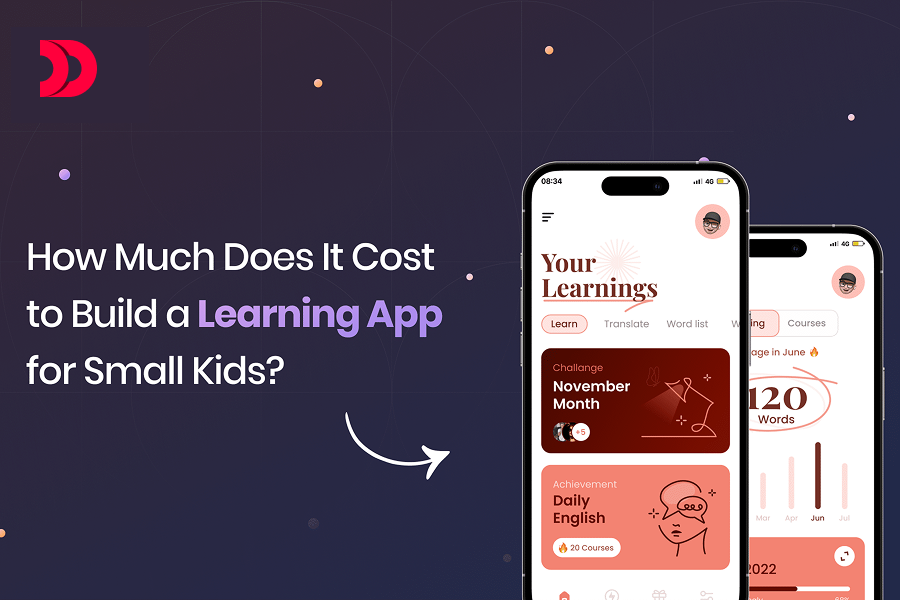
The eLearning industry is growing at an outstanding rate with children’s educational apps leading this digital uproar. Parents and teachers have accepted technology for early childhood development; hence, the high demand for interactive learning apps for kids has surged recently.
As per estimates, the global edtech market totaled $5.95 billion in 2023, about a 15.2% increase from the previous year. Entrepreneurs and educators interested in the possible development of a preschool- or early elementary-oriented learning app need a solid grasp of what development may cost.
This guide will elaborate on the features of an effective kids’ learning app, the various parameters affecting development costs, and the projection of estimated costs by 2025. Let’s enter the fascinating world of children’s eLearning app solutions.
Must-Have Features for a Kids’ Learning App
To create an engaging and effective learning app for small kids, consider including these essential features:
Interactive Learning Modules
Gamified lessons allow children to learn ABCs, numbers, and shapes with animated story voiceovers. Simple drag-and-drop puzzles add fun to the process while developing cognitive skills.
Parent & Teacher Dashboard
Adults can follow each child’s progress through detailed reports and assessments. The dashboard also manages subscriptions and payments for premium content.
Kid-Friendly UI/UX:
Bright, simple interfaces with voice navigation encourage preschoolers to navigate the app unsupervised. Parental control limits save for proper use.
Offline Accessibility:
Downloads available for lessons taught offline are synced automatically when back online.
Multi-Platform Support:
Seamless working app for iOS, Android, and web, responsive designs for smartphones and tablets.
Kids Learning Apps Development Cost Estimation in 2025
According to estimates, the cost to develop educational apps for children can fall within a range of around 50,000 to 100,000, in accordance with their complexity and implemented features.
While the most basic application can have features like flashcards and quizzes, it should cost only 5,000 to 20,000. These simple entry-level apps are mainly used to test concepts or launch the app with its core feature.s
Expect to invest between 20,000 to 50,000 for an intermediate education app development company level with more advanced features like gamification, animations, and simple AI. These mid-range apps provide deeper engagement through gamified lessons, reporting progress, and very simple personalization.
The high-end applications that may incorporate AI tutors, AR/VR experiences, or advanced analytics will likely set you back 50,000 to 100,000+. Such high-ticket products offer an immersive experience that leverages augmented reality for storytelling or AI-driven adaptive learning paths.
Smart Strategies for Lower Development Costs
Start with an MVP (Minimum Viable Product)
Launch with just the basic features necessary to verify your concept rather than building them all at once. An MVP with basic lessons and simple quizzes allows you to test the market with a lesser investment.
Selecting Cross-Platform Development (Flutter/React Native)
Using frameworks like Flutter or React Native helps you do just one codebase for both platforms, typically saving about 30-40 percent of development time and costs while maintaining standard performance.
Hire a Dedicated Development Team
Instead of hiring an expensive internal team, consider collaborating with an experienced education On-Demand app development company or hiring dedicated developers. This enables you to benefit from specialized skills while avoiding the overheads of full-time salary costs, benefits, and infrastructure.
Use the Cloud
Traditional servers would require you to invest heavily at the start and maintain the systems, therefore. On the other hand, cloud services such as AWS or Firebase provide a scalable infrastructure based on a pay-as-you-go or subscription plan that limits initial costs while reducing responsibility when eventually rolling out the app to large user bases.
Use UI Templates and Existing Assets
Custom animations’ and illustrations’ costs can rise rapidly. Opting for a boilerplate UI kit or modifying existing templates for generic elements is the way to go; therefore, the project can save thousands while remaining aesthetically pleasing.
Final Thoughts:
The increasing demand for education apps is creating splendid opportunities in EdTech. Building a typical app can set you back between $5,000 and $20,000, while high-end AI/AR solutions may exceed $100,000. Partnering with specialized developers of an eLearning app development company guarantees pedagogically sound, compliant apps with the right feature set.
Are you ready to make your very own learning app with our Educational app developers? Contact Devstree’s ed-tech specialists today for a free quote! Hire dedicated developers now.
Let's build or improve your Digital Product
Transform your digital vision into reality with our expert services, guiding you to build a cutting-edge digital product that exceeds expectations and empowers your business for success.
Let's talk





.svg)

.svg)


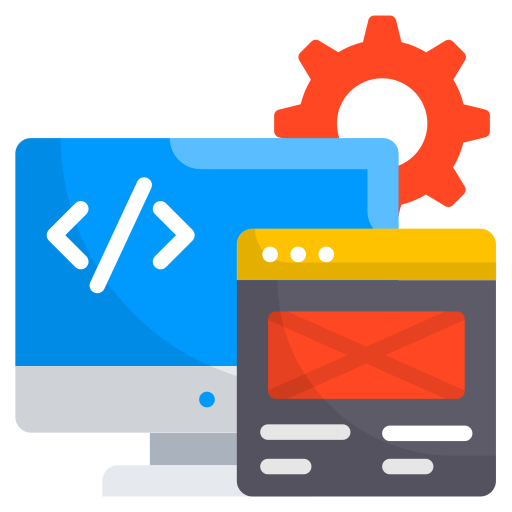


.png)
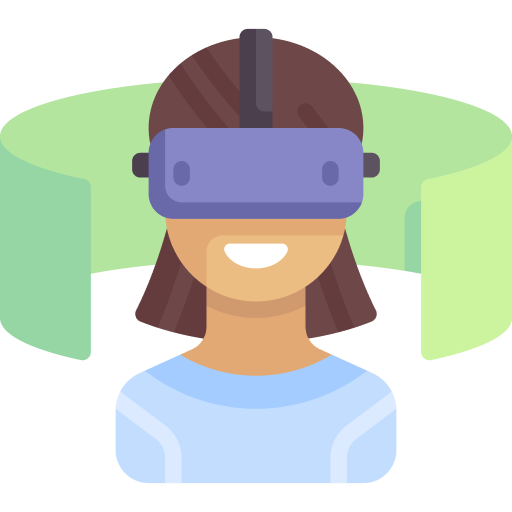
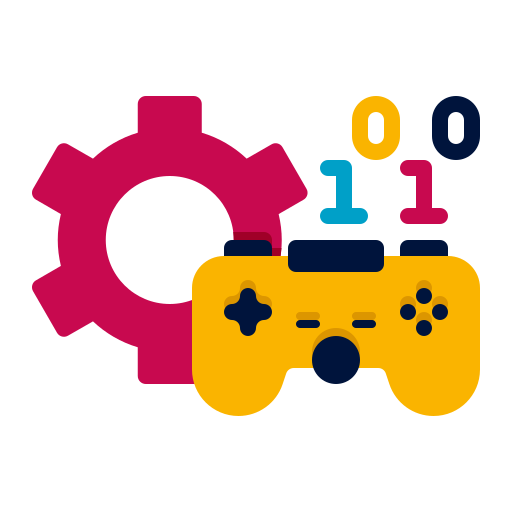
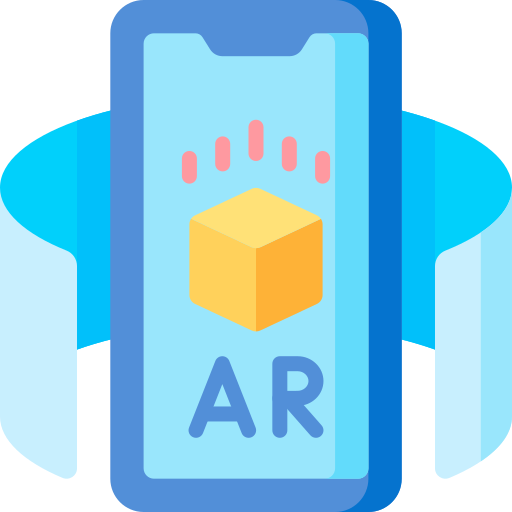





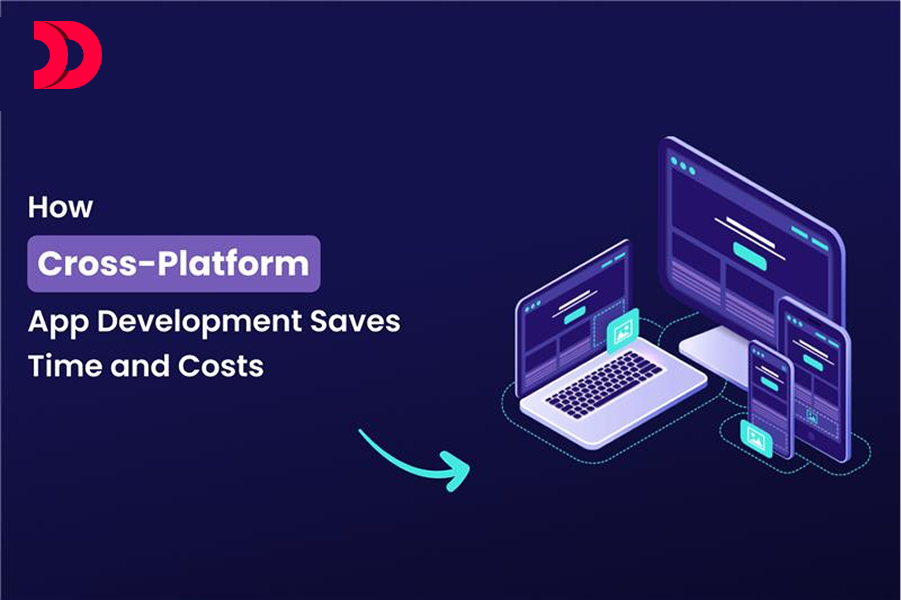




originil.webp)

originil.webp)

